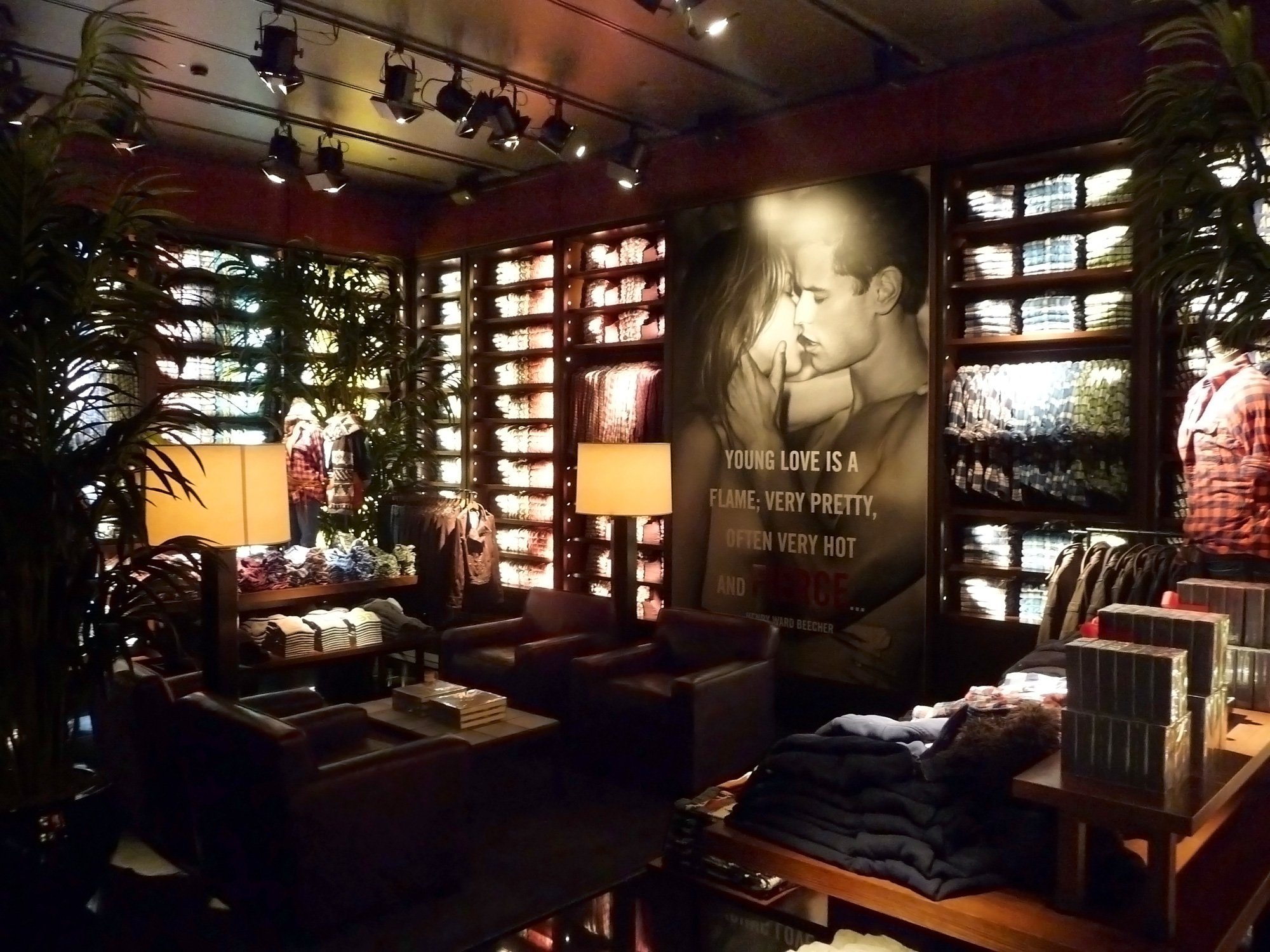Do first impressions matter? Do we make decisions based on information we collect in the first minute of an experience? As in turns out, in many cases a first impression is all the brain needs to make a decision. Take ancient cavemen for example, if something looks like a lion, then it is a lion. There was no time to mess around, daily survival required quick snap judgements based on the immediate information available.
Instead of getting bogged down in information, your gut uses just a few observations and a handy rule to instantly conclude that the large catlike animal walking this way is indeed a lion, and it’s time to get moving.
-Daniel Gardner
What’s interesting is that the brain is still hardwired this way. This is what author Daniel Gardner refers to as the “Appearance Equals Reality” rule. It’s a cognitive bias that helps us quickly sum up situations and make decisions. Once this bias is understood, it can then be manipulated. This is why, regardless of cliche, first impressions are important.
Manipulating Cognitive Bias (at the mall)
Let’s look at a typical scenario, a visit to Abercrombie and Fitch. You walk in and you’re greeted by:
- Dark lighting
- Loud music
- An overwhelming signature scent
- Employees who look “classic American”
- Black and white photos of models
- Dark wood display tables
- Lots of good-looking clothes
This brand experience is conceptualized by sensations, feelings, cognitions, and behavioral responses evoked by the Abercrombie brand-related stimuli. These stimuli are an intentionally engineered part of the brand’s design and identity, packaging, communications, and environment. The in-store experience sets an immediate expectation, more than a store that sells polos and jeans, they’re selling a way of life. This is why we pay $80 for jeans. Because (just like a lion in the wild) if it looks like a high style clothing store for sexy, young, “classic Americans,” then it is a high style clothing store for sexy, young, “classic Americans.”
We pay $80 for jeans because of the way the brand makes us feel. This is how a cognitive bias works, the brain is overwhelmed with sensory information and must make a decision. This “Appearance Equals Reality” rule is what helped cavemen stay alive. At a store like Abercrombie, the branded sensory blitz leaves the customer’s brain with little chance to form an unbiased opinion. The experience sets a context, and the context is used to rationalize all following decisions. This context the brand sets matters immensely, because when you take the jeans out of the store setting and remove any branded tags/labels, they become worth significantly less. But why? The quality of the garments is still the same.
What Is Perceived As Real Is Real In Its Consequences.
In 1928 sociologists W. I. Thomas and D. S. Thomas formulated the Thomas Theorem which essentially states that “any definition of a situation will influence the present,” or more specifically, that “if people define situations as real, they are real in their consequences.” A simple example here would be that if a police officer thinks a suspect is reaching for a gun (perceives as real) when the suspect is actually reaching for his wallet, and the officer shoots him, the end consequence is real. If an in-store brand experience convinces you a product is a high quality and you pay top dollar for it, the end result (purchase) is real, even if the actual product was made in a sweatshop.
They be like ‘Oh that Gucci, that’s hella tight.’ I’m like ‘Yo, that’s fifty dollars for a t-shirt’
Whether it be an in-store experience or a website design, first impressions matter because they set a context in the customer’s mind for how all following information should be interpreted. We gladly pay $80 for a pair of jeans at Abercrombie, but if we saw those exact same jeans at a thrift shop for the same price it would be laughable. The summation of branded stimuli help tell our brains a story, an eventual rationale for a price.
The same idea works in reverse, let’s say you sell toaster ovens, and a rumor surfaces in the market that your toaster ovens have started numerous kitchen fires. If potential customers hear this rumor and refuse to buy your product, this perception becomes real in its consequences (poor sales). It doesn’t matter that this rumor is untrue, because as soon as this idea enters the mind of your target customer, it’s very hard to keep it from influencing their purchase decision.
“Your Company Is The Stories People Tell About It.” – Brain on Fire
Perception and context matter more than we’re consciously aware of. Whether good or bad, customers begin rationalizing your brand based on their first impressions. And in this sense, what’s actually real is irrelevant, if your brand appears compelling by telling a great story, the end result is real.

